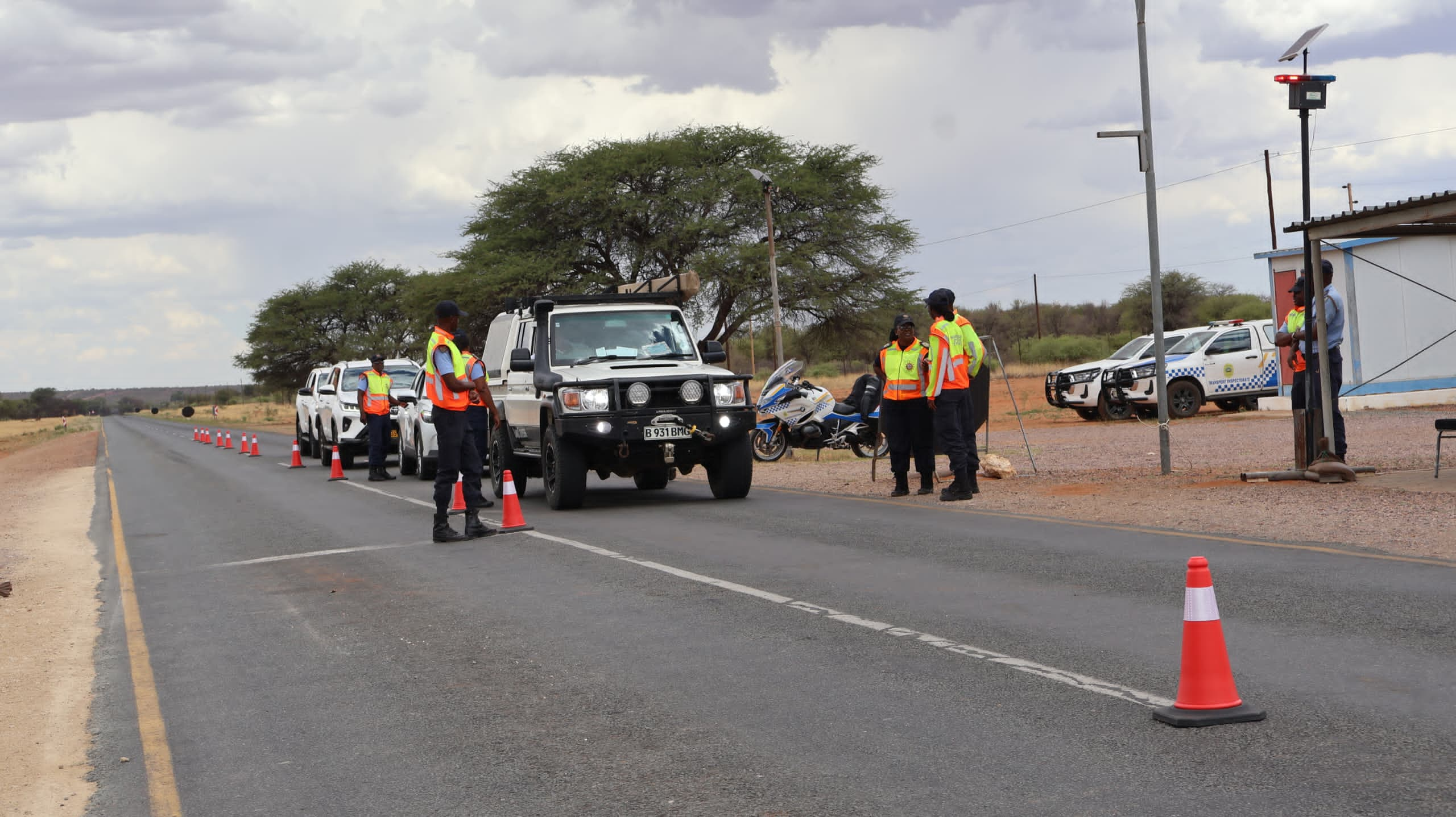Namibia is home to a diverse blend of wildlife, but many of these species are facing the threat of endangerment.
In this series of features, we shine a spotlight on some of the country’s most vulnerable animals, exploring their habitats, the threats they encounter, and the critical efforts to protect them.
Today we take a closer look at the African bush (desert-adapted) elephant.
Elephants are the world’s largest land creatures.
There are three species: the African bush/savannah elephant (Loxodonta africana), the African forest elephant (Loxodonta cyclotis), and the Asian elephant (Elephas maximus).
African bush elephants are the largest of the three, and they are mostly found in sub-Saharan Africa.
The African bush elephant can weigh up to 5 443kg and stand up to four metres tall at the shoulder.
Their huge ears help them regulate their body temperature, while their long trunks are used for feeding, drinking and social contact.
African forest elephants are smaller, with straighter tusks and darker, rounder ears. Asian elephants are even smaller, with smaller ears and a more curved spine.
Namibia’s Kavango East and Zambezi regions lie at the core of the Kavango-Zambezi Transfrontier Conservation Area (Kaza), with over 75%.
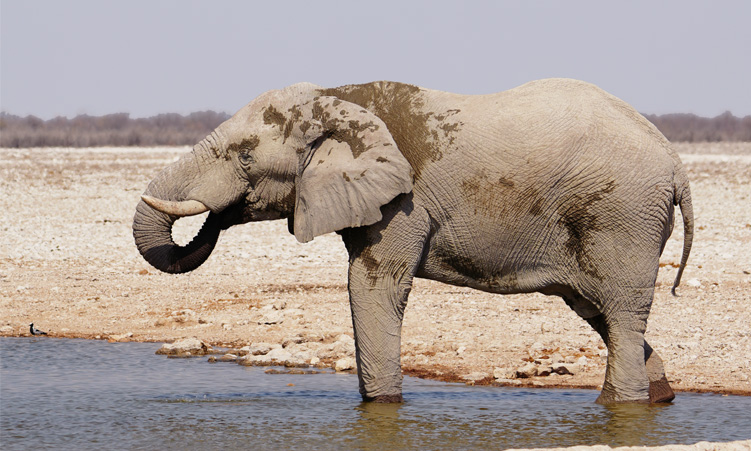
This makes it the highest concentration of elephants in the world.
At least 21 090 of these elephants are estimated to live in the Kavango, Zambezi, Khaudum and Nyae Nyae areas of Namibia and over 3 000 are found around various parts of the country.
The Ministry of Environment, Forestry and Tourism, through the 2023 National Report on Wildlife Protection and Law Enforcement, says the country’s total number of elephants is well over 24 000.
These figures are the highest recorded in over a century.
A number of conservation challenges facing these elephants include their long-term viability as a transboundary population, which depends on securing and connecting or reconnecting wildlife movement corridors.
Human activities that close off elephant movement corridors is one of the biggest threats to this connectivity.
Additionally, conflicting land uses, habitat loss, the illegal killing of elephants and human–wildlife conflict are some of the most prevalent challenges for Kaza’s elephants.
The African Elephant Status Report (AESR), issued by the IUCN Species Survival Commission’s African Elephant Specialist Group, the AESR 2023, like its predecessors, is based on data from the African Elephant Database (AED).
This makes it the most comprehensive and up-to-date compilation of data on the number and distribution of African elephants at the national, regional and continental level.
The report indicates that southern Africa holds the most elephants on the continent, which covers 520 000 km2.
Desert-adapted elephants in Namibia are found in the country’s arid to semi-arid north-western regions, specifically the southern Kunene and northern Erongo regions, which cover 115 154 km2 of sandy desert, rocky mountains and arid gravel plains.
In 1930, as many as five million wild elephants roamed Africa.
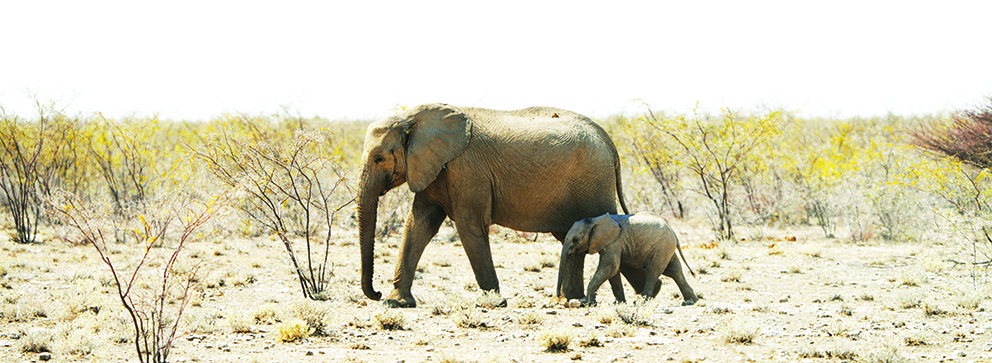
However, due to long periods of over-hunting and poaching their meat (subsistence poaching) and ivory tusks, that number declined significantly across the continent between the 70s and 80s.
It’s reported that an average of 100 000 elephants were killed each year during that time, and by 2016, experts estimated a drop in those numbers by 111 000 within a decade.
Today, there are only 415 000 elephants across Africa, with Botswana being home to the world’s largest elephant population.
The extended drought in Namibia has put tremendous strain on both animals and rural communities, especially in areas where human-wildlife conflict is widespread.
In response, the Namibian government made the difficult choice to allow culling as part of its drought-relief effort.
While contentious, this move is viewed as an important step towards protecting the environment and the lives of both humans and animals.
Overpopulation of certain species during droughts can result in habitat degradation, greater competition for scarce resources, and increased human-wildlife conflict, putting rural livelihoods in danger.
Culling, which is carried out in accordance with rigorous laws, contributes to the maintenance of ecological balance by lowering the burden on natural resources and maintaining wildlife populations’ long-term survival.
Furthermore, it improves the safety of vulnerable communities living in wildlife-prone areas by reducing the likelihood of harmful interactions with malnourished animals.
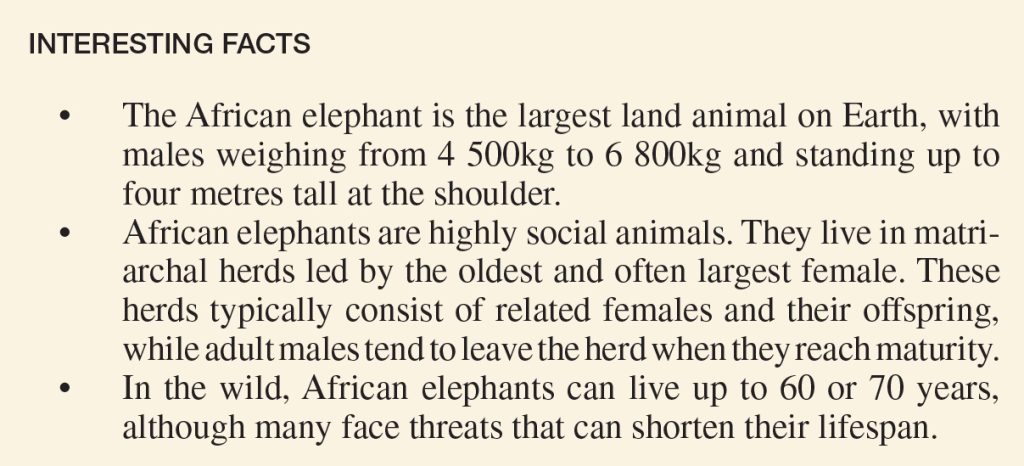
This approach is part of a larger policy aimed at fostering long-term conservation habits and assisting both the environment and those most affected by extreme weather conditions.
Individuals and organisations interested in elephant conservation in Namibia and elsewhere can contact relevant authorities through a variety of joint activities and support programmes.
Conservation organisations provide options for partnerships, volunteer programmes and contributions to safeguard these unique animals.
These agreements ensure that conservation activities are both sustainable and inclusive, benefiting local populations while protecting elephants and other animals.
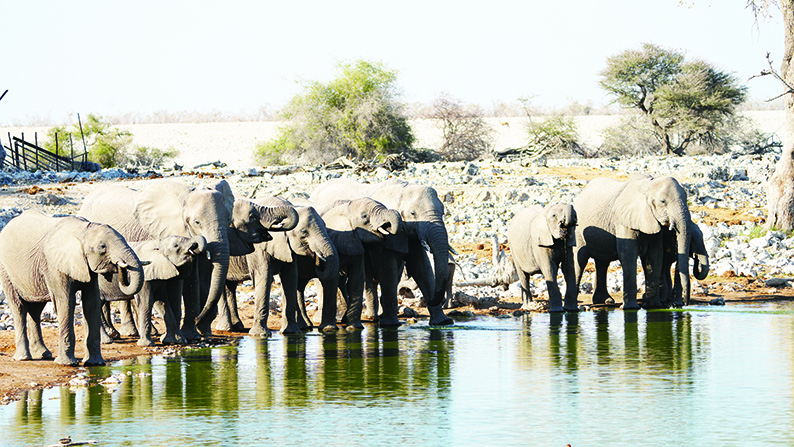
Stay informed with The Namibian – your source for credible journalism. Get in-depth reporting and opinions for
only N$85 a month. Invest in journalism, invest in democracy –
Subscribe Now!







